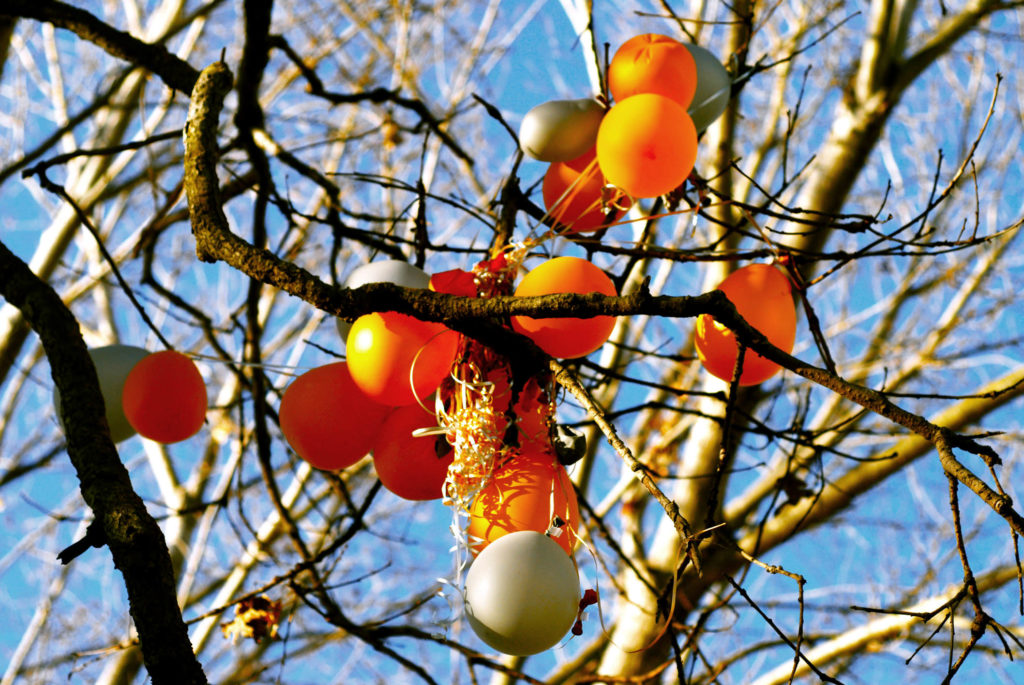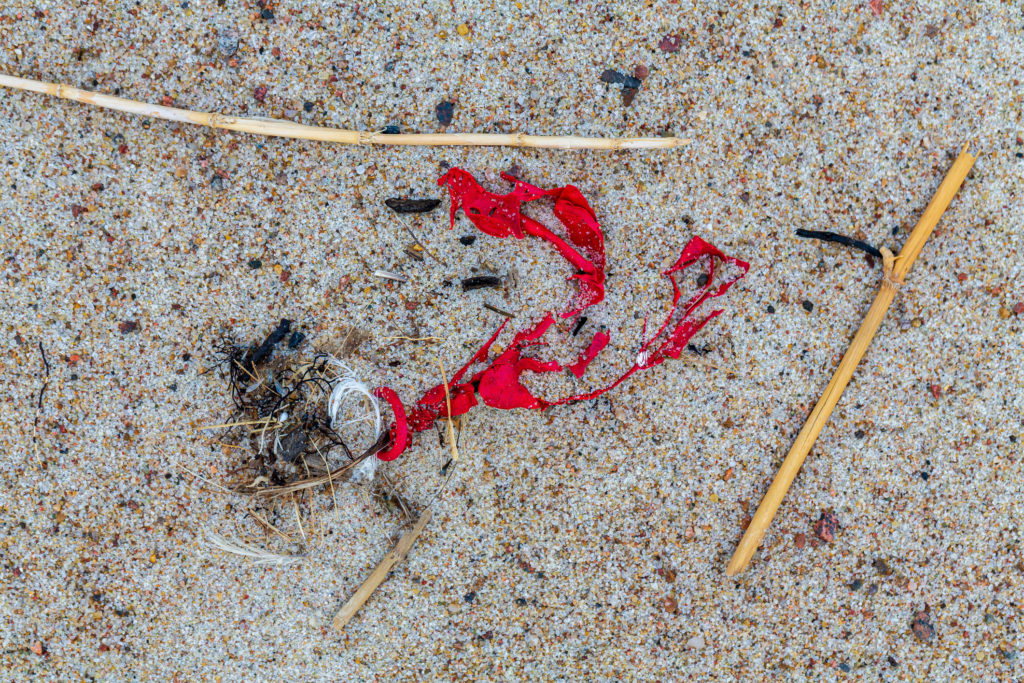Everyone has released a balloon into the sky at some point in their lives. Children have often been guilty of dropping their balloon so they can watch it float up into the air, whether by accident or intentionally. And while you’d be forgiven for not getting angry at your child for this, it certainly shouldn’t be encouraged.

It’s easy to forget about the balloons you released into the atmosphere after they’ve long disappeared, but releasing balloons is something you should avoid at all costs.
Balloon releases as a celebratory event have been popular for a long time, but many people have begun to call for others to think twice before partaking in one, even going as far as to call for them to be banned due to their horrific environmental impact. Here are the reasons why balloon releases should be avoided.
The Environmental Impact of Balloon Releases
Probably the most significant impact that balloons have on the environment when they are allowed to escape into the sky is the havoc they wreak on wildlife.
Horrifying images can be found all over the internet depicting turtles and seabirds tangled up in colourful latex and string, or even inside the stomachs of animals that have mistaken pieces of balloons for food.
Once a balloon has floated away it could end up anywhere, and you have no control over it. Most likely it will be found littering streams, lakes and beaches as if you’ve essentially thrown rubbish into the ocean. Even biodegradable balloons could take years to disintegrate, which is plenty of time for them to be swallowed by some poor creature, which then causes issues with their digestive or respiratory tracts, causing them to starve to death. This has been observed in turtles, dolphins, whales and farm animals.
A study from the University of Texas found that five percent of sea turtles they studied were found to have pieces of balloon in their digestive systems. The UK & Eire Marine and Turtle Strandings & Sightings Annual Report 2002 found a green turtle in the UK with a large balloon fragment in its stomach and ruled the death as oesophageal and stomach impaction. And the British Isles & Republic of Ireland Marine Turtle Strandings & Sightings report in 2010 found that five of 32 turtle deaths had evidence of litter ingestion – suggesting that the problem of balloon-related litter is getting worse.
The annual UK “Beachwatch” survey in 2011 collected more than 1,359 balloons from UK beaches, which is more than three times as many found in 1996. And in the US, the Ocean Conservancy’s Annual International Coastal Cleanup reported that from 2008 to 2016, almost 300,000 balloons were found along US beaches.
Animal welfare groups such as the RSPCA have been calling for balloon releases to be banned, and it does appear that attitudes are changing. Some states in the US – California, Connecticut, Florida, Tennessee and Virginia – have already forbidden mass balloon releases, and more are introducing bills aimed at limiting how many balloons can be released at once.
More than 50 UK councils have already banned balloon and lantern releases.

Alternatives to Balloon Releases
Some people resist the idea of banning balloon releases as they find them to be a great way to celebrate or commemorate. But there are plenty of non-environmentally damaging alternatives that can be used as a wonderful way to bring a community together to celebrate an event or commemorate someone’s life, such as:
- Planting trees/flowers in remembrance
- Using flags, banners or streamers
- Flying kites
- Drumming
- Hanging bunting
- Pinwheels
- Throwing wildflower seed bombs
- Lighting candles
- Blowing bubbles
- Origami
- Natural confetti such as autumn leaves
- Balloon sculptures
For events that involve balloons, they should always be disposed of correctly. If you’re able, you should consider untying the balloons and deflating them so they can be reused in the future. For any popped balloons, makes sure you gather all the bits and pieces of the balloon and put them in the bin, or the composting if they’re biodegradable.
Make sure helium balloons are sufficiently tied down so they can’t accidentally be released, and keep an eye on children and discourage them from trying to let go of balloons.
Balloons are great for so many different events, but you should be aware of the environmental damage they can cause when improperly disposed of. By avoiding balloon releases, you can enjoy balloons in an environmentally responsible way.
At Fill n’ Away, we can provide you with a refillable helium tank for your next event. Contact us today for more information.
